Work hand in hand with supply chain partners to jointly pursue sustainable operations
88.53
Total Possible Score: 1002
Out of 800 total brands1
Out of 77 total brands in the IT/ ICT industry88.50
Total Possible Score: 1002
Out of 831 total brands1
Out of 77 total brands in the IT/ ICT industryThe total score of the company's Corporate ClimateAction CATI Index evaluation is converted by a factor of 20% to Indicator 4.1 of the Green Supply Chain CITI Index.
As carbon hotspots vary from industry to industry, a weighting factor applies across four of the five CATI activity areas: Measurement & Disclosure (15%; Indicator 2.3.1 (6%) does not apply), Carbon Targets Setting (14%), Performance against Carbon Targets (12%) and Climate Action (43%). The default weighting factors for each industry are shown in the CATI Evaluation Guidelines.
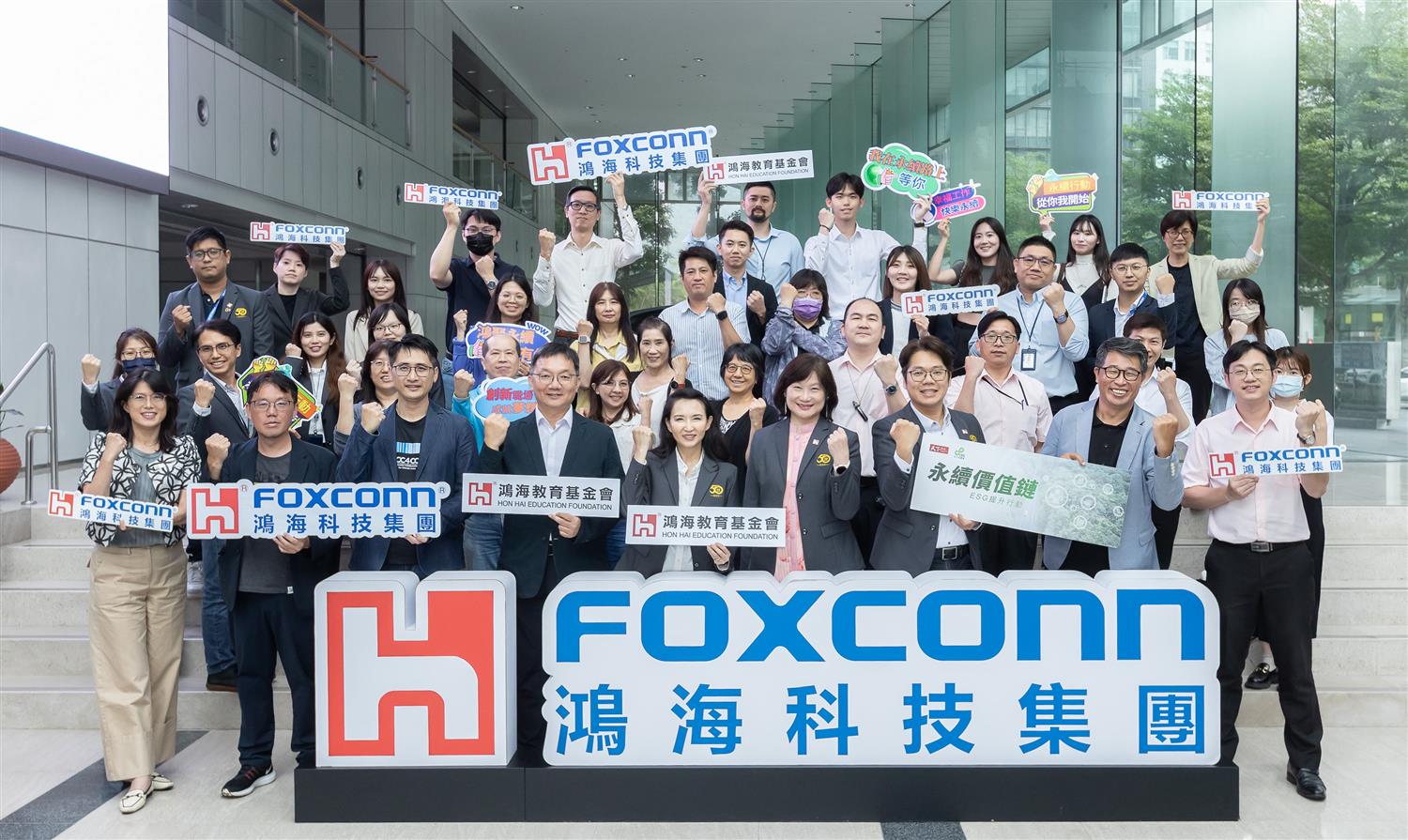
Foxconn adheres to the operating principle of "sustainable operation=EPS+ESG", which not only focuses on EPS (financial performance), but also its contributions to society, the environment, and corporate governance. Foxconn actively responds to the United Nations Sustainable Development Goals (SDGs) and has joined the CA 100+(Climate Action 100+) initiative to address climate change. It has committed to achieving net zero carbon emissions across its entire value chain by 2050, and supply chain carbon reduction being a critical area requiring long-term efforts.
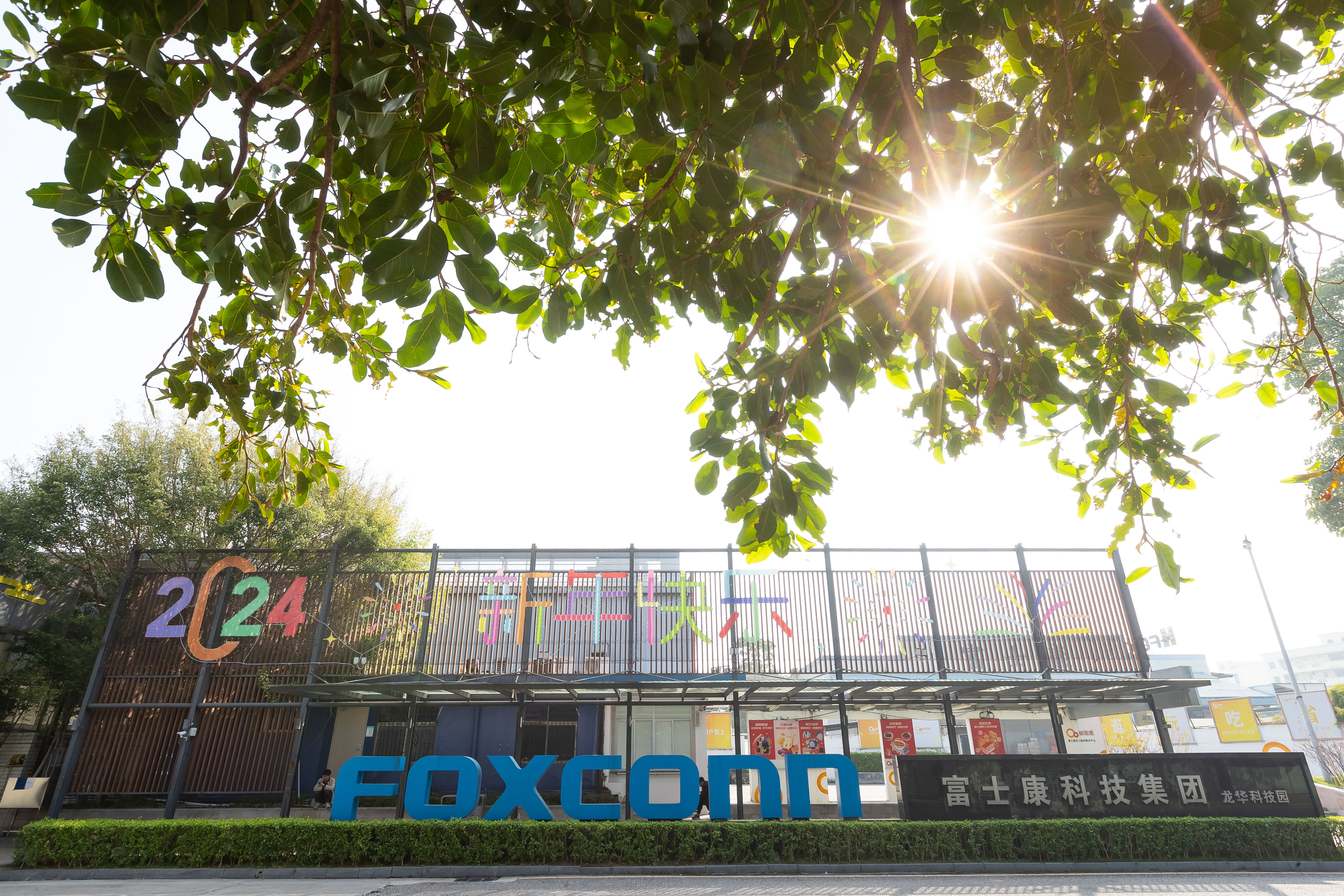
In order to reduce the consumption of the earth's resources, the impact on the environment and carbon dioxide emissions caused by the production process of mining and smelting of virgin materials, Foxconn continues to work with suppliers to increase the scale of the use of recycled raw materials, with a target of recycling 8,340 tons of aluminum, 4,530 tons of plastic cladding materials, and 10,130 tons of plastic raw materials in 2024 (a total increase of 15% compared with the total amount in 2023). As of September 2024, 6,300 tons of aluminum, 3,120 tons of plastic packaging materials and 7,888 tons of plastic raw materials have been recycled

After Foxconn committed to net-zero emissions in 2020, it actively adopted strict standards set by SBTi and other organizations, used scientific-based methods to formulate climate action goals, and further developed a roadmap for net-zero carbon emissions.

Foxconn Technology Group (hereinafter referred to as Foxconn), as the world's largest electronic technology manufacturing service provider, continuously improves the level of environmental protection and waste reduction throughout the entire industry chain, and strengthens cooperation with customers in environmental management. In recent years, the reduction, resource utilization, and harmless disposal of factory waste has become a very important topic in the electronic industry supply chain.
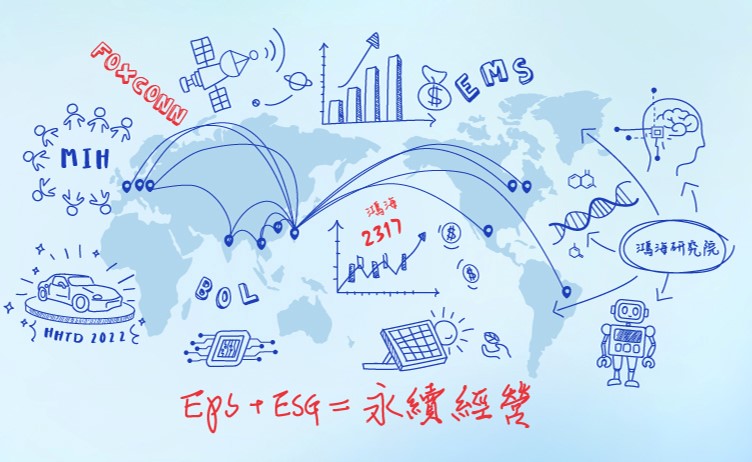
Energy conservation and emission reduction has become an important concern topic for global enterprise. As a leader in technology manufacturing industry, Chairman Liu Yangwei of Foxconn Technology Group defined the strategic direction of "sustainable operation = EPS + ESG", focusing on "Integrity Management, Innovation and Service, Responsible Supply Chain, Green Manufacturing, Friendly Workplace", taking energy conservation, emission reduction, greening and recycling as Foxconn energy policy.
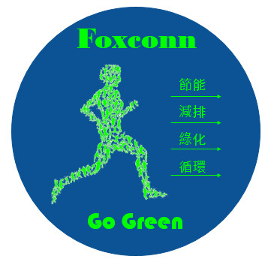
Foxconn joins hands with partners to build a green ecosystem, promote product energy conservation, low carbon emissions, greening and recycling through the green supply chain life cycle, and guide the industry toward greening and reduce the impact on the environment.
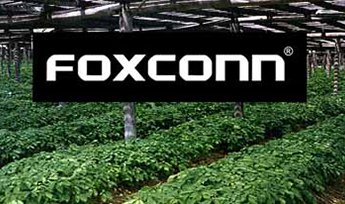
Foxconn, the world’s largest electronics manufacturer, set up a special energy-reduction technology arm in order to implement energy savings targets and reduce energy consumption, establishing a management platform of “save energy, reduce emissions, go green, recycle.”
Feel free to ask me anything!